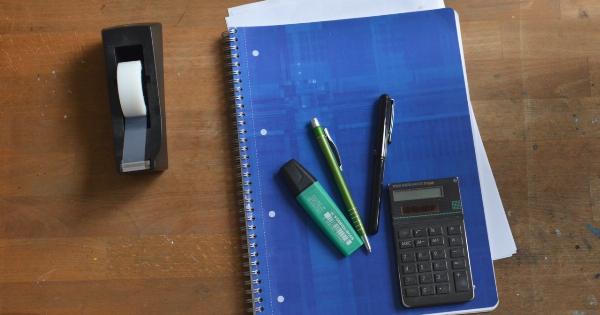Stress is a common experience for many people. It can result from the pressures of work, relationships, financial troubles, and other life challenges. Stress can lead to fatigue, anxiety, and physical health problems.
One effective way to manage stress and improve health is by finding inner peace. In this article, we will discuss some practices that can help you find inner peace and reduce stress in your life.
The Importance of Finding Inner Peace
Inner peace is a state of calmness and tranquility that can be achieved through the practice of mindfulness, meditation, and relaxation techniques.
When you are able to find inner peace, you can experience a greater sense of well-being, improved mental clarity, and reduced stress.
Finding inner peace can also have a positive impact on your physical health. Research has shown that chronic stress can weaken the immune system and increase the risk of heart disease, diabetes, and other health problems.
By reducing stress through the practice of inner peace, you can improve your overall health and well-being.
Practices for Finding Inner Peace
There are many practices that can help you find inner peace. The key is to find the ones that work best for you. Here are some practices to consider:.
Meditation
Meditation is a practice that involves focusing your attention on a specific object, thought, or activity to increase awareness and calm the mind. Meditation has been shown to reduce stress, anxiety, and depression, and improve overall well-being.
To meditate, find a quiet and comfortable place where you will not be disturbed. Sit in a comfortable position and close your eyes. Focus your attention on your breath, and try to clear your mind of distracting thoughts.
If thoughts arise, simply acknowledge them and return your attention to your breath. Start with a few minutes of meditation each day, and gradually increase the amount of time as you become more comfortable with the practice.
Yoga
Yoga is a mind-body practice that combines physical postures, breathing techniques, and meditation. Yoga has been shown to reduce stress, improve flexibility and balance, and promote overall health and well-being.
To practice yoga, find a class or video that appeals to you. Start with beginner-level poses, and gradually work your way up to more advanced poses as you become more comfortable with the practice.
Remember to focus on your breath, and listen to your body to avoid injury.
Journaling
Journaling is a practice that involves writing down your thoughts, feelings, and experiences. Journaling can help you gain clarity and perspective, reduce stress, and improve self-awareness.
To journal, find a quiet and comfortable place where you can write without distraction. Set aside time each day to write, and try to write without censoring or editing yourself.
Write about whatever comes to mind, without worrying about grammar or punctuation. You can also use journaling prompts or questions to guide your writing.
Breathing exercises
Breathing exercises are a simple and effective way to reduce stress and promote relaxation. There are many types of breathing exercises, including deep breathing, diaphragmatic breathing, and alternate nostril breathing.
To practice breathing exercises, find a quiet and comfortable place where you can sit or lie down. Close your eyes, and focus your attention on your breath. Inhale deeply through your nose, and exhale slowly through your mouth.
Repeat this for several minutes, or try one of the other types of breathing exercises.
Creating an Inner Peace Practice
The key to finding inner peace is to create a consistent practice. Whether you choose to meditate, practice yoga, journal, or do breathing exercises, it is important to make time for these practices each day.
Start by setting aside a specific time each day for your practice. This could be in the morning, at lunchtime, or before bedtime. Find a quiet and comfortable place where you can practice without distraction.
Next, set a goal for your practice. This could be to meditate for five minutes each day, practice yoga three times a week, or write in your journal for 10 minutes each day. Make your goal achievable, and adjust it as needed based on your progress.
Finally, be patient and gentle with yourself. Finding inner peace is a journey, not a destination. Give yourself permission to make mistakes and learn from them. Celebrate your progress and keep moving forward.
Conclusion
By finding inner peace, you can reduce stress and improve your health. There are many practices that can help you find inner peace, including meditation, yoga, journaling, and breathing exercises.
The key is to create a consistent practice that works for you. Remember to be patient and gentle with yourself, and celebrate your progress along the way.































